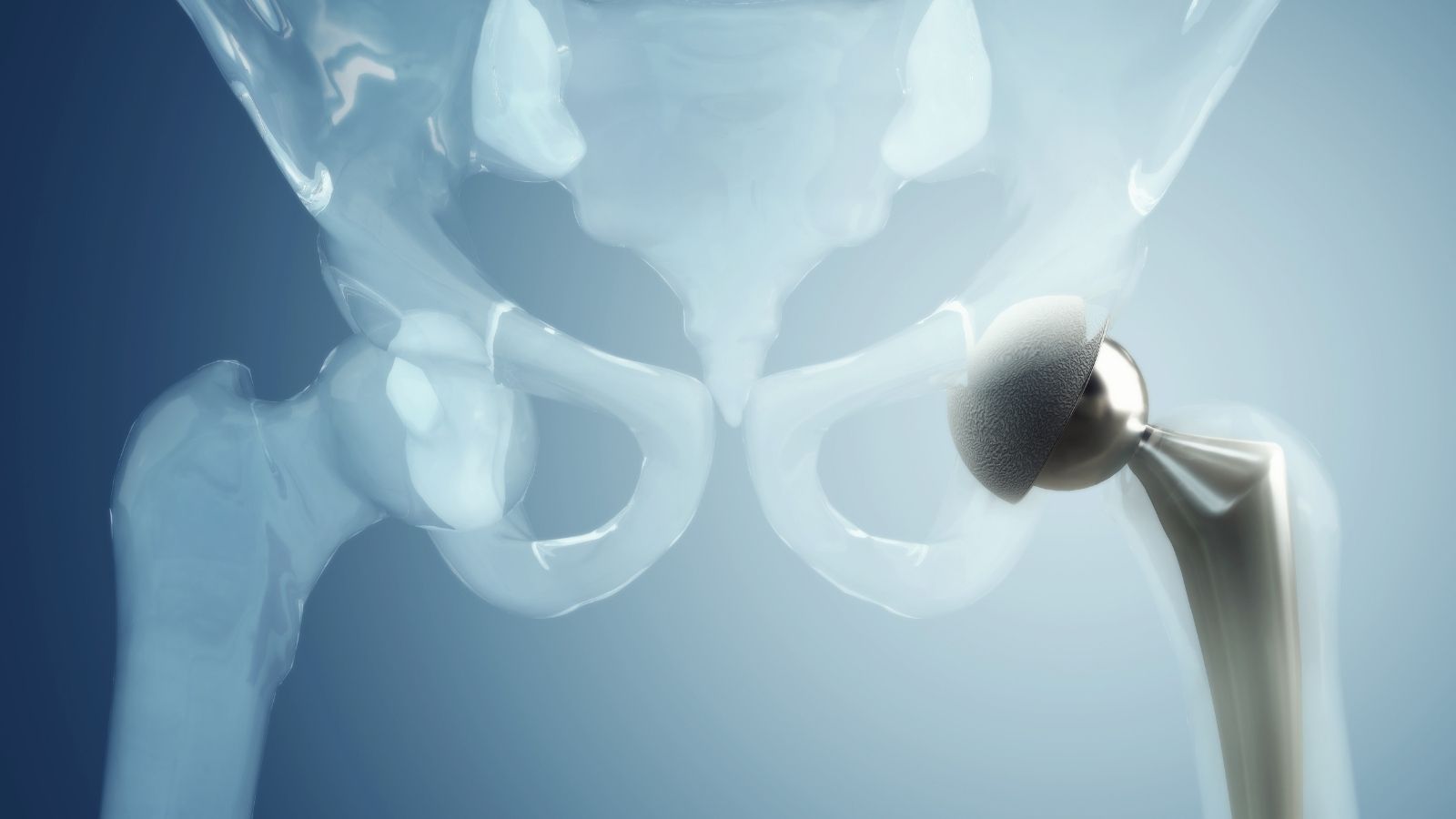The cost of knee replacement surgery is a reflection of the treatment plan tailored specifically for each patient and does not consist of a fixed figure. The total cost is determined by fundamental variables such as the technological equipment of the center where the surgery is performed, the type of implant selected according to the patient’s anatomy and needs, the nature of the surgical technique applied, and the experience of the specialist team managing the entire process. Therefore, the cost of knee replacement is a dynamic value that reflects the scope and quality of the healthcare service provided to the patient. All these factors together shape the financial framework of the treatment and are unique to the patient’s journey.
Yazı İçeriği
What are the components of knee replacement surgery costs?
The main elements that make up the total cost of knee replacement surgery are generally grouped under four main headings. The components of this overall cost are:
- Hospital and facility expenses
- The cost of the prosthesis itself
- Surgical team fees
- Anesthesia service fees
The largest share of this list usually belongs to hospital and facility expenses. These costs do not only cover the room you will stay in; they also include the preparation of the operating room, the state-of-the-art equipment used, sterilization processes, the nursing team providing postoperative care services, and the entire hospital infrastructure. Therefore, the infrastructure and facilities of the institution where the surgery is performed directly affect the cost of this item.
Why are the costs of revision surgery (replacing an old prosthesis with a new one) different from those of a new knee replacement?
To better understand this, we can use an analogy: there is a big difference between building a brand-new house and restoring a historical building. Revision surgery, in which an existing prosthesis is removed and replaced with a new one, is like a restoration project; it requires much more expertise, time, and special materials. Compared to a first-time prosthesis surgery, it is always more complex and therefore more costly.
The main reasons why revision surgery is more expensive include:
- More complex and specialized implant requirements
- Extended surgery duration
- Higher risk of blood loss
- Need for additional bone material
- Increased risk of infection
In the first surgery, the surgeon works on healthy bone surfaces. However, in revision surgery, the existing prosthesis must first be carefully removed from the bone. During this process, bone loss can occur. To compensate for these losses, prepare a solid foundation for the new prosthesis, and restore knee stability, standard prostheses are not sufficient. Instead, much more specialized and advanced technology implants are required—ones with longer components that grip the bone more tightly, reinforced with metal supports, or equipped with hinged mechanisms that take over ligament functions. Naturally, the cost of these implants is higher than that of standard prostheses. For these reasons, performing the first surgery with the highest success rate is the most valuable approach, as it protects the patient from both additional surgeries and the extra costs they bring in the long term.
How does the patient’s health status affect knee replacement surgery costs?
Surgery is not just an event concerning your knee; it is a process involving your entire body. Therefore, your overall health status is one of the most important factors determining how smoothly the surgery journey will proceed and, indirectly, its cost. Preoperative preparation is not only an investment in achieving better clinical outcomes but also in creating a more predictable and efficient treatment process.
Some important health conditions that may affect the cost of surgery include:
- Uncontrolled diabetes
- Heart or lung diseases
- Kidney failure
- Blood clotting disorders
- High body mass index (Obesity)
Why do these conditions affect the cost? For example, a diabetic patient with irregular blood sugar has a higher risk of infection. A patient with heart disease requires much closer cardiological monitoring during and after surgery. Such situations may require additional consultations, special drug treatments, more intensive care needs, and longer hospital stays. Each of these increases the resources used and, consequently, the total cost. Therefore, controlling such chronic conditions in the best possible way with the relevant specialists before surgery makes the entire process safer and more economical for everyone.
Does the choice of surgical technology and method change knee replacement surgery costs?
Absolutely yes. In fact, this is where the concept of “value” is best understood in modern orthopedics today. Sometimes a technology that seems more expensive at first can become a much more economical and valuable option in the long term thanks to the advantages it provides.
Not every case of arthritis affects the entire knee. Sometimes only one part of the knee is involved. In such cases, a “partial (unicompartmental) knee replacement,” which allows us to replace only the damaged part instead of the entire joint, is an excellent option. Since this method involves a smaller surgical procedure, the patient’s recovery is much faster, hospital stays are shorter, and patients often feel their knees more “natural.” When chosen for the right patient, it is an extremely valuable and efficient method.
And what about robotic surgery and customized prostheses, which we hear about so often? These technologies represent the highest level achieved in knee replacement surgery.
Robotic surgery is not an automaton that performs the surgery instead of the surgeon. It is an advanced assisting system that combines the surgeon’s experience and judgment with millimetric precision. This technology ensures that the prosthesis is placed in the knee at the most ideal angle and position. What does this perfect placement mean? It means the prosthesis lasts longer, wears less, and has a lower likelihood of requiring a revision surgery in the future. The initial technology cost is more than compensated by the long-term reliability and lower complication rates it provides.
Then there are customized prostheses, which can be described as “tailor-made.” In this approach, the patient’s knee is scanned three-dimensionally with a CT scan before surgery, and the prosthesis to be produced along with the surgical instruments to be used are designed specifically for that patient’s anatomy. The unit cost of this customized implant may be higher than a standard prosthesis. However, when looking at the bigger picture, it has been scientifically proven to reduce the overall treatment cost. Because the surgery is performed with customized instruments, it is faster and more efficient. More importantly, since the prosthesis fits the patient’s anatomy perfectly, recovery is faster and the need for expensive postoperative rehabilitation centers is significantly reduced. This means lower overall costs and higher patient satisfaction.

Prof. Dr. Murat Demirel, 1974 yılında Ankara’da doğmuş, 1998 yılında Ankara Üniversitesi Tıp Fakültesi’nden mezun olmuştur. Aynı yıl Ankara Numune Eğitim ve Araştırma Hastanesi 1. Ortopedi ve Travmatoloji Kliniği’nde uzmanlık eğitimine başlamış ve 2004 yılında Ortopedi ve Travmatoloji Uzmanı unvanını almıştır. Uzmanlık sonrası dönemde kas-iskelet sistemi hastalıklarının cerrahi ve konservatif tedavilerine odaklanmış, yenilikçi ortopedik yaklaşımları klinik pratiğine entegre etmiştir.
Omuz, diz, kalça ve ayak bileği eklemlerine yönelik ileri düzey cerrahi uygulamalarda uzmanlaşan Prof. Dr. Demirel; omuz artroskopisi, diz protezi, robotik cerrahi, kök hücre tedavisi ve PRP uygulamaları konularında deneyim sahibidir. Güncel ortopedi pratiğinde fonksiyonel sonuçları artıran minimal invaziv ve biyolojik tedavi yöntemlerini önceliklendirmektedir.
Halen Ankara’daki özel kliniğinde ortopedi ve travmatoloji alanında hasta kabul eden Prof. Dr. Murat Demirel, ileri görüntüleme teknolojileri ve multidisipliner yaklaşımla kişiye özel tedavi planları oluşturmaktadır. Cerrahi ve rejeneratif ortopediyi birleştiren vizyoner yaklaşımıyla, hareket sistemi hastalıklarının tedavisinde yaşam kalitesini merkeze alan modern çözümler sunmaktadır.


